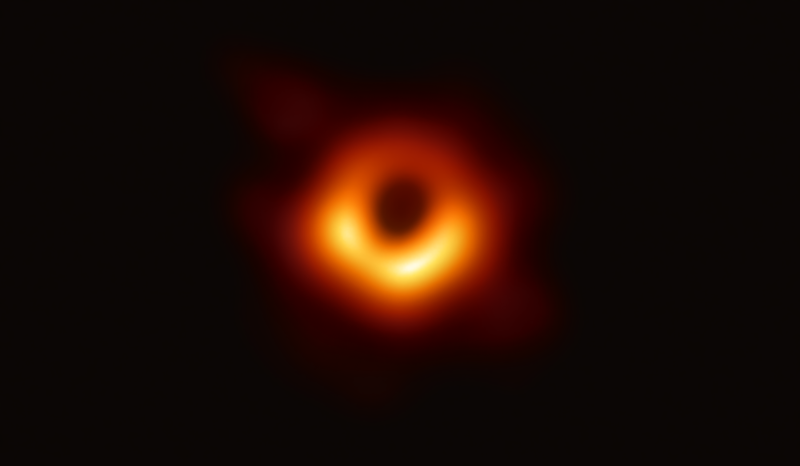NASA recently released the sound of a black hole and those who listened to it described it as “creepy”; you can listen to it here if you want to check if it is true. But, wait a minute! We have been told once and again that space has no medium and that sound cannot travel through space. So, what did you just hear? In this article, I will discuss the popular misconception about sound in space and how NASA captured the sound of a black hole.
Data Sonification: Black Hole at the Center of the Perseus Galaxy Cluster (X-ray) - YouTube
First things first, NASA clarified that it is a “popular misconception” that space has no sound at all. It is true that most of space has no medium through which sound waves can travel. Galaxy clusters, however, are different; they encompass huge amounts of gas that contains whole galaxies inside. Sound waves can travel through a galaxy cluster, but it is important to note that we cannot listen to the sound of a black hole even if we are standing next to it. NASA had to make some amplifications and modifications. We will get to that later, but let us first talk about galaxy clusters.
Galaxy clusters are “the largest objects in the universe”. They contain hot plasma, invisible dark matter, and thousands of galaxies. One of those clusters is the Perseus Cluster; it is where the “creepy” sound of the black hole was detected. The sound waves were not a recent discovery, however; they were discovered in 2003.
 Black Hole - Image Credit: Event Horizon Telescope collaboration et al.
Black Hole - Image Credit: Event Horizon Telescope collaboration et al.
This is what NASA’s Chandra X-Ray Observatory found out: “the pressure waves sent out by the black hole caused ripples in the cluster’s hot gas that could be translated into a note”. However, the sound of the black hole was not audible because of its low frequency; astronomers had to increase the frequency. NASA said that the notes we are hearing are “144 quadrillion and 288 quadrillion times higher than their original frequency”.
*(A quadrillion is 1,000,000,000,000,000.)
References
washingtonpost.com
nasa.gov
cfa.harvard.edu
Cover Image Source: CNN